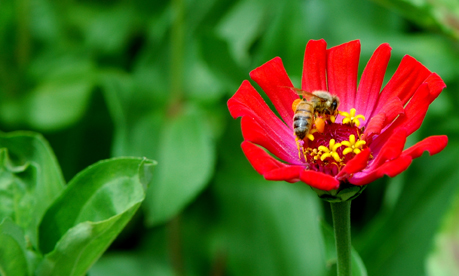
Dear Sisters,
The spring thaw is upon us here in the northeast and what remains of the snow is FINALLY beginning to melt little by little. I saw ” green things “ poking out of the wet earth as I walked around the garden this week and that means it won’t be long before I’ll be hearing the soothing hum of Bees buzzing in my ears once again! With over 4000 species of Native Bees in North America looking for flowers and plants to pollinate now’s the time to be thinking about adding some Bee-friendly blooms to your yard! Come on in for a list of plants that will create a buzz throughout the flowering seasons and BEE inspired to help the Bees!
As more and more of our wild areas are lost to industrial development and large-scale agriculture use, urban gardeners around the globe are doing their part to help the Bees by planting small-scale backyard gardens with plenty of pollen and nectar rich plants that provide necessary nutrients for the declining population of honey bees and native bees to survive. Without Bees life as we know it would look, feel, sound and taste VERY different. So, what do you say we do our part in keeping the Bees buzzing and Mother Earth smiling!
Here are some common plants that will have Bees ( and other pollinating insects )coming to your Backyard Bee Cafe’ for the daily specials and dessert too!
Sunflowers come in a range of sizes, shapes and colors to fit multiple garden schemes.
Just be sure you choose Heirloom seeds and make them organic if you can. Many of today’s hybrid varieties have very little pollen or are pollen-less. They are pretty in the vase and won’t sprinkle pollen dust all over your pretty table linens but they won’t help the Bees one darned bit!
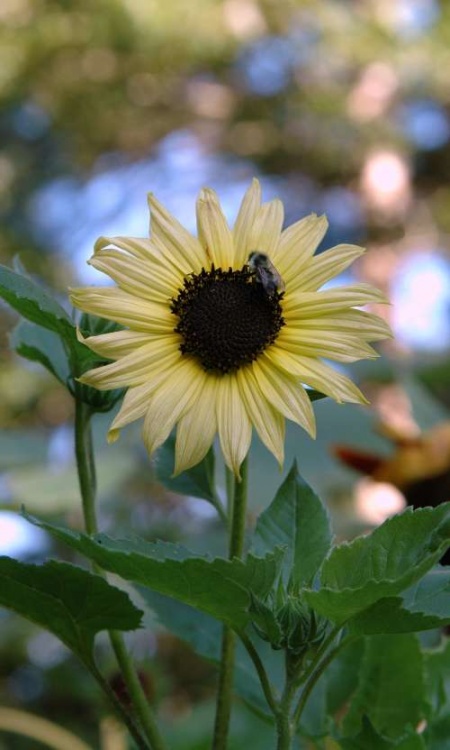
I grew this Botanical Interest Lemon Queen Sunflower ( organic and heirloom ) variety in my garden last year. I sewed them into my raised beds per directions on the seed packet. They can also be started by seed in a green house, hoop house, cold frame, or windowsill! Once they grow a set of leaves, you can harden them off by placing them outside for a few hours a day until they are strong enough to be moved to the garden permanently.

Zinnias are another favorite feeding flower for Bees. With their long-lasting bloom time they’ll provide a summer buffet for your backyard Bees and bouquets of eye candy for the resident gardener right up until the first frost.
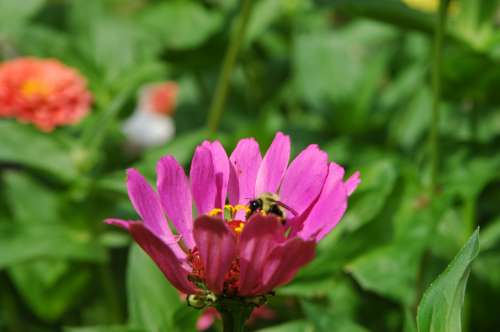
Plus, there are enough varieties of Zinnias to suit every gardeners taste and still satisfy the Bees too! Zinnias like to be sewn outdoors in late spring when the soil is consistently warm. Once they take hold they’re easy to care for. If you live in a dry climate or plant your zinnias in a pot, trough, barrel, or bucket, daily watering will be a necessity.
All of your plants will appreciate a bi-weekly feeding to keep up a continuous show of blooms. This also assures you’ll have plenty of food on the table for winged visitors! I use Whitney Farms liquid plant food once a month in all of my cut flower beds, vegetables, and on shrubs that are 1-3 years new in my garden.
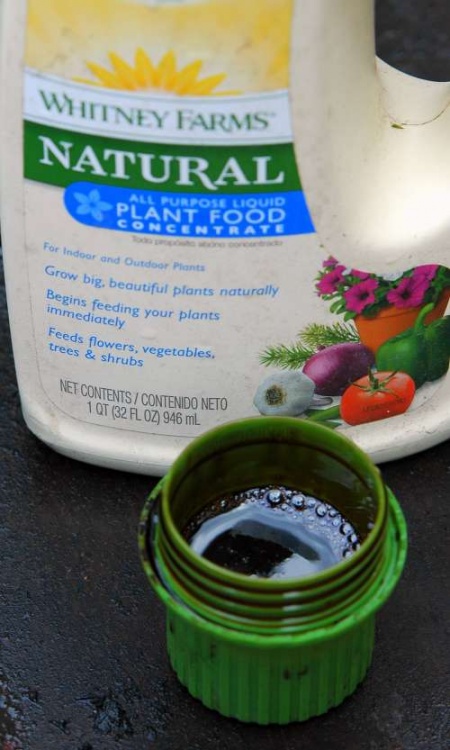
It comes as a concentrate. One cap full mixed with 2 gallons of water in my watering can and I’m ready to go! Watering by hand takes extra time, but it’ll give you the opportunity for some up close inspection and some good garden chit-chat as you water. Just thinking about it gives me a rush of energy!
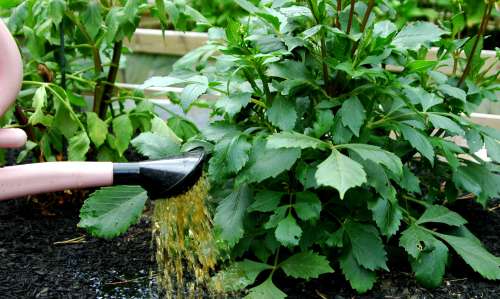
Last years Zinnias were a mix of Cut and Come Again, Candy Stripe, Raggedy Anne and a few more I forget the name of so here’s a helpful link!
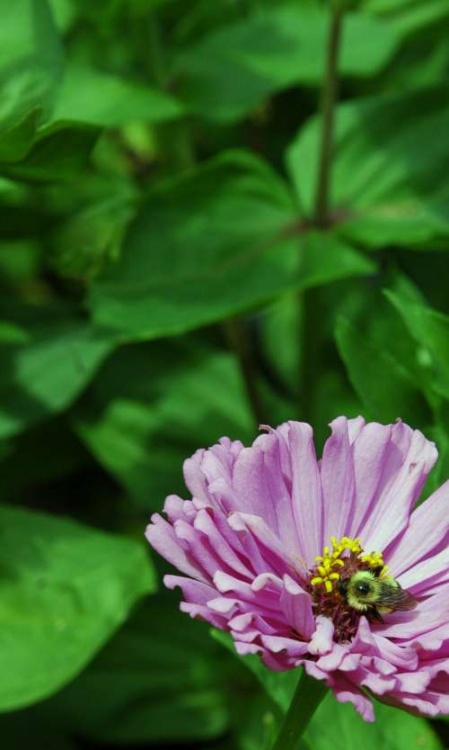
Bachelor Buttons ” blue boy”, cosmos, hollyhocks, hardy geranium, asylum, California poppies, cleome, asters, basil, lemon thyme, bee balm, saliva, mint, and wildflowers provide an oasis of dining opportunities for busy Bees hard at work in the garden.


This pretty purple plant is called Cat Mint ( Nepeta Giant ). I have several clumps of it in my largest border and more of the smaller variety called ” walkers low” in my deck garden. They are absolutely covered in fuzzy bumblebees all summer long!

In this patch of my largest border I’ve created a smorgasbord for Bees and Butterflies.
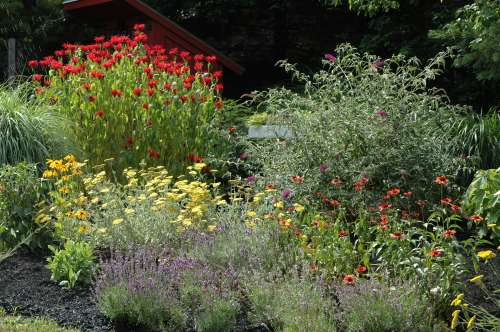
Red bee balm, and black knight butterfly bush make up the back of the border. Down the middle and at the front of the border are prairie sun sunflowers, cone flower, lavender, and yarrow. I’m happy to report that the honeybees love my beloved dahlia blooms too! Thank goodness, cause I simply cannot live without them in my garden!

Let’s not forget fruit trees and flowering shrubs! Finding space for everything we gardeners want to grow is always a challenge in suburban and urban gardens. We learned about growing columnar apples trees in our high desert garden in Nevada many years ago. Columnar means just what it sounds like. Instead of growing tall and wide these dwarf columnar trees can reach 7-9 feet tall and can be planted about a two feet apart. I’m planning to add some to my garden on the shorelines this spring!
Here are some basic EASY steps to making YOUR backyard BEE friendly!
- Plant flowers, herbs, trees and shrubs that attract Bees all season long.
- Research which Bee friendly plants are best for your gardening zone.
- Leave an area of ground UN-covered ( mulch-free) for burrowing native Bees.
- Plant a variety of plants with different heights, colors and shapes to attract a wider variety of Bees.
- Leave an open container of fresh water available for Bees to drink from.
- Provide a tree stump or pile of brush for burrowing bees to nest in.
- Plant native clover in a sunny patch of lawn.
- Add a honeysuckle vine to an arbor or fence.
- TheHoneyBeeConservancy What You Can Do.
By doing just a little to help the Bees you can create an oasis fit for frequent flyers of the buzzing kind right in your own backyard, balcony, deck or patio!
There are other ways you can show your love for Bees too! Crafters and quilters take heed! Have you seen Mary Jane’s NEW fabric collection ” Bee My Honey” ? Here’s how the Queen Bee is helping the Bees.
The beleaguered honeybee needs our love now more than ever. “Won’t you *Bee My Honey*, oh tiny wee one? Come look,” I whisper. “This year, I’ve planted extra honeysuckle, dozens of butterfly bushes, patches of phlox, and a field of clover for your nectar needs. Your journey is long and hard; let us help!”
For every yard of her new *Bee My Honey* fabric that is sold, she’s able to continue supporting the important work of www.TheHoneybeeConservancy.org.
Thanks for bee-ing the change with me! MaryJane
Ask for my 100% cotton *Bee My Honey* fabric at your favorite quilt store, February 2014 or online at www.FatQuarterShop.com.
So, even if this isn’t your year to start your Bee Keeping adventures, get busy planting. Soon, you’ll be hearing the warm buzz of Bees in your garden too! At night when you lay your head down you’ll feel good about helping the Bees and look forward to another beautiful day of tending your garden!
Leave us a note and tell us your gardening for bees experiences!
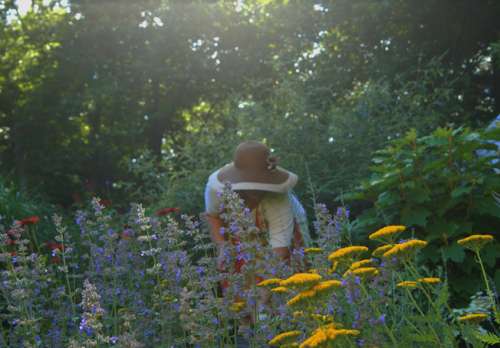
Until our next shoreline visit~ BEE HAPPY!
BEACH BLESSINGS, Garden Buzzings, and Much love,
Deb # 1199
( who is celebrating 3 years as your Beach Farmgirl Blogger today! )
Woot! Woot!


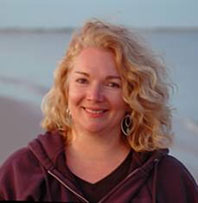


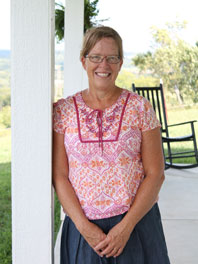
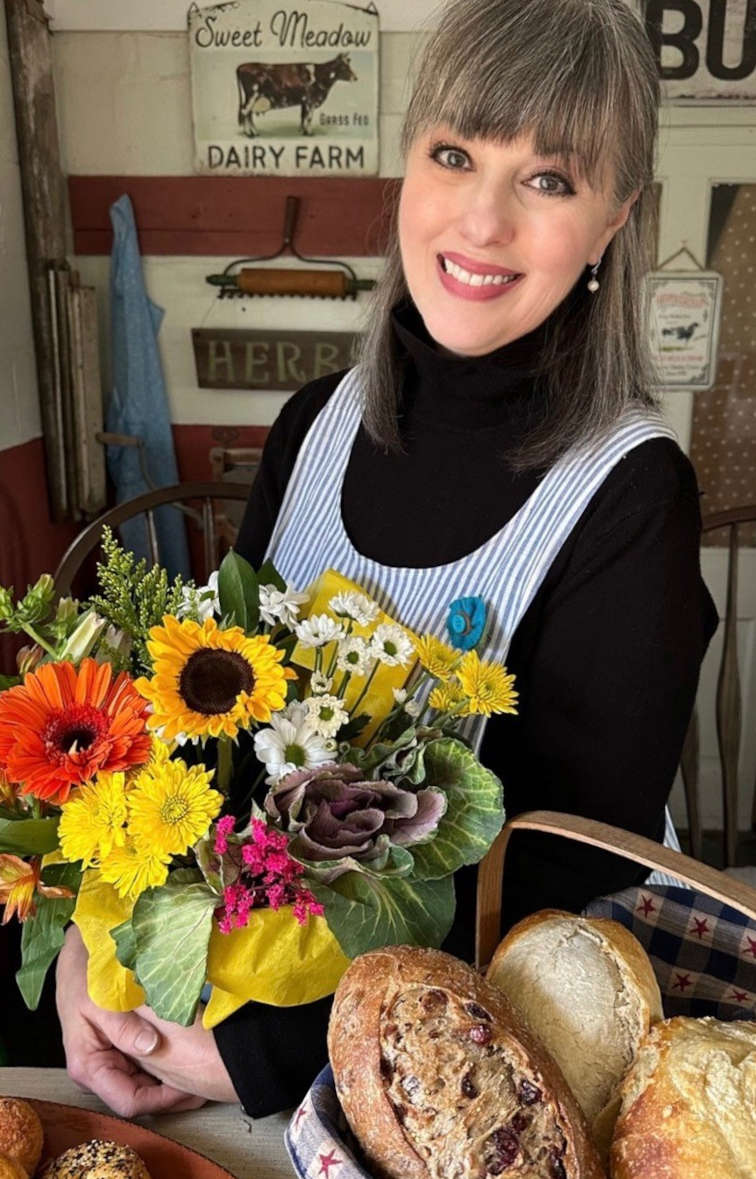
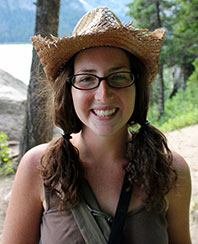
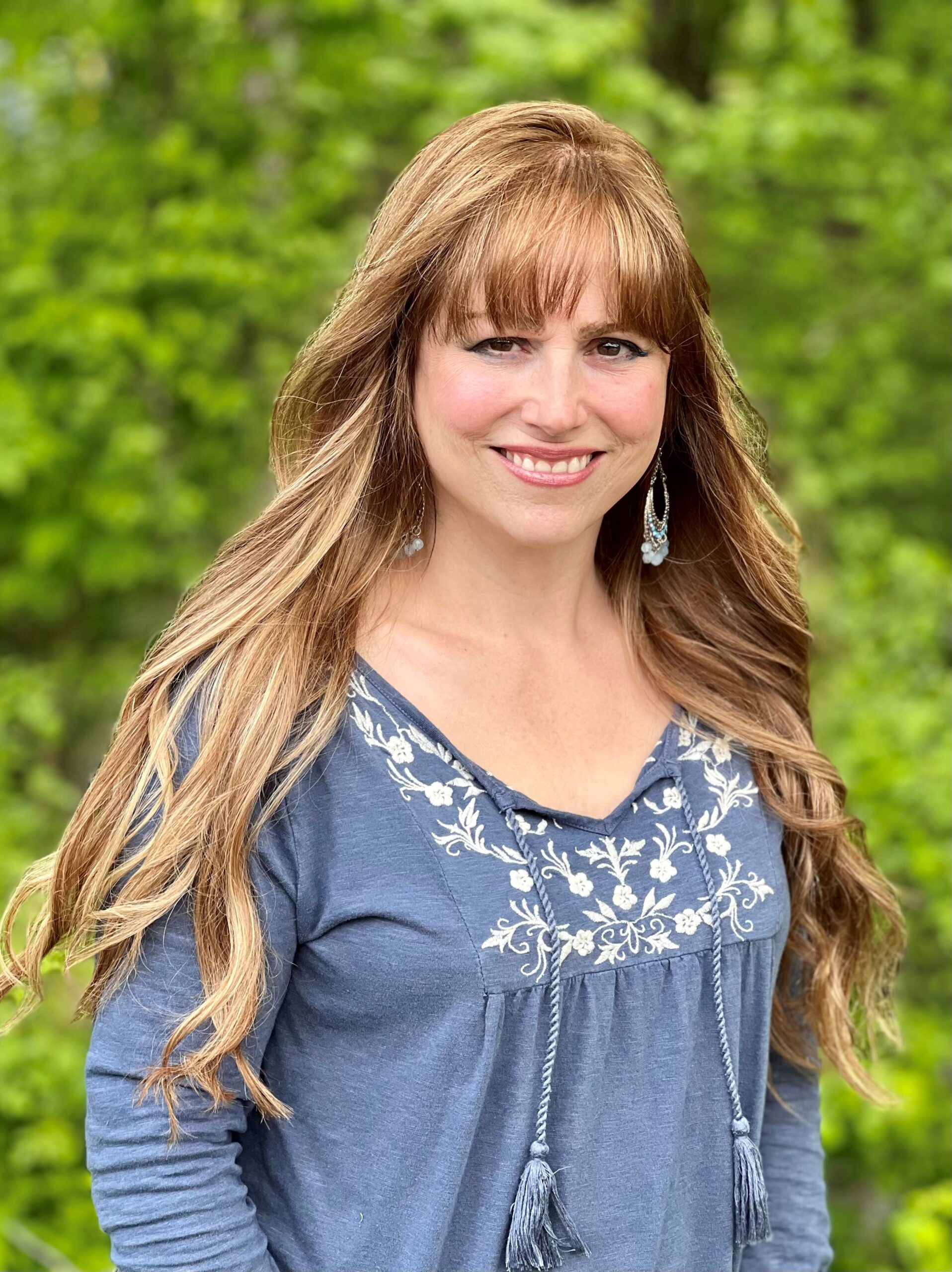


Very nice post. Bees are such an important part of our natural landscape.
Thank you Connie, So glad buzzed by! Sorry, I had to say it! Deb
Congratulations on beginning your fourth year as the Beach Farmgirl blogger! I look forward to reading many more posts from you, especially about your beautiful bee-friendly garden.
Hi Adrienne! Thank you so much. It’s going to be a bountiful year at Dandelion House and the Cottage Gardens! I’m ready to grow baby grow! Thank you for reading! xo Deb
Congratulations on beginning your fourth year, Deb! I’m also a former Nevada gal and have relocated to the other coast, in southern Oregon. Happy almost Spring! Love your posts!
Hi Lyd,
Hello my Nevada sister! Thank you for your sweet note and for reading! xo Deb
How did your beach cottage fare through the winter storms? I started following you from reading about it.
I love the beach, but live in Kansas. We only get to Myrtle Beach once a year or so.
Your gardens are so beautiful each year. I know about saving the bees, but I am afraid of the stings. However, we have cover for the birds.
Hi Linda!
Thank you for asking about our cottage. We haven’t been there since October due to the weather, but we are planning on getting down there tomorrow to check things out. I think you’ve just inspired my next Beach blog post! Thank you for reading! xo Deb